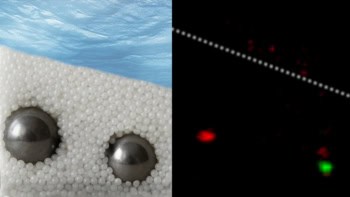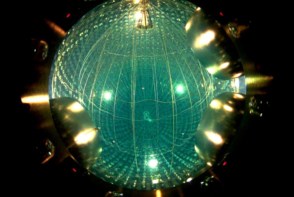Scientists in the US and Israel have demonstrated an atomic force microscope that can take images of periodic processes with a time resolution of microseconds. This is an order of magnitude faster than is possible with conventional "rapid-scan" (M Anwar and I Rousso 2005 Appl. Phys. Lett 86 014101).
An atomic force microscope (AFM) works by measuring how the force between the sample and a tiny “tip” on a cantilever changes as the microscope is moved over the surface of the sample. This allows the AFM to record images with extremely high spatial resolutions. Previous attempts to increase the time resolution of AFMs have focused on scanning the tip over the sample as quickly as possible, but these techniques have had time resolutions of a few tens of milliseconds at best.
Higher temporal resolutions can be obtained by using the AFM in a “force-sensing” mode, which can detect movements from a single point on a sample. Moshiur Anwar of the Massachusetts Institute of Technology (MIT) and the University of California at San Francisco and Itay Rousso of MIT and the Weizmann Institute of Science have now developed a technique in which a series of individual force-sensing measurements are combined to construct images.
The new “step-scan” technique relies on breaking down a sample into individual pixels and then measuring the dynamics of each pixel separately with the AFM. The method, which only works for period processes, can resolve features 10 nanometres across with a time resolution of 5 microseconds.
“The temporal resolution is not affected by the scan area and is limited only by the resonance frequency of the AFM cantilever and the data acquisition electronics – which is often not a limiting factor,” Rousso told PhysicsWeb. “The beauty of the technique is that it does not require any complicated and expensive modifications to the microscope and can be applied to almost any commercial system.”
Anwar and Rousso demonstrated the technique with a calibration grid, but they have also produced images of biological samples. “Applying this technique to biological systems will be very powerful because we will be able to image the processes in real time under physiological conditions,” said Rousso.



